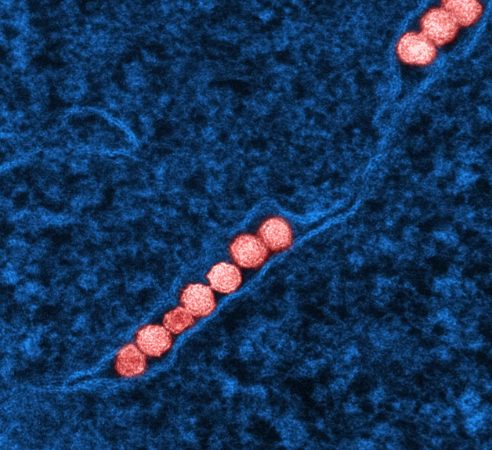
@ShahidNShah


Flow cytometry is a laser-based biophysical technique for analyzing the physical and chemical characteristics of cells suspended in fluid. By passing thousands of cells per second through laser beams, it provides rapid, multiparametric data on size, granularity, and marker expression—critical tools in immunology, oncology, stem cell research, and vaccine development.
Cells in a single-cell suspension flow past one or more lasers. Forward scatter (FSC) correlates with cell size, while side scatter (SSC) reflects internal complexity or granularity. Fluorochrome-conjugated antibodies bind target antigens and emit light at characteristic wavelengths. Photodetectors capture scatter and fluorescence signals that are digitized for downstream analysis.
Start with a uniform single-cell suspension from peripheral blood, bone marrow, tissue digest, or cultured cells. Stain with fluorescent antibodies for surface or intracellular markers. Include viability dyes and proper controls (unstained, isotype, fluorescence-minus-one).
Sheath fluid aligns cells in a narrow stream so they pass one at a time through the laser interception point.
Lasers excite fluorochromes; detectors record FSC, SSC, and fluorescence. Analog signals convert to voltage pulses, then to digital data.
Analysis software visualizes multiparameter data in histograms, dot plots, or contour plots. Gating strategies isolate specific cell populations for quantification and statistical evaluation.
Quantifies immune-cell subsets by surface marker expression—essential in leukemia and lymphoma diagnostics.
Physically isolates target populations for downstream assays or culture expansion.
Measures DNA content and proliferation markers (e.g., Ki-67) in cancer research and drug screening.
Annexin V/propidium iodide assays distinguish live, early apoptotic, and necrotic cells.
Profiles bacterial or yeast phenotypes, antibiotic susceptibility, and antigen expression in vaccine research.
Flow cytometry offers high-throughput, multiparametric single-cell analysis. Success depends on rigorous sample preparation, precise instrument setup, and robust data analysis—ensuring reproducible, meaningful results in both research and clinical labs. For specialized flow cytometry services to support your research goals, consider visiting our resource links.

So many in healthcare today have such high hopes for artificial intelligence to do everything from defeating clinician burnout to advancing medical research. The challenge with AI in healthcare is not …
Posted May 21, 2025 Artificial Intelligence Emerging Technologies
Connecting innovation decision makers to authoritative information, institutions, people and insights.
Medigy accurately delivers healthcare and technology information, news and insight from around the world.
Medigy surfaces the world's best crowdsourced health tech offerings with social interactions and peer reviews.
© 2025 Netspective Foundation, Inc. All Rights Reserved.
Built on Dec 12, 2025 at 1:25pm